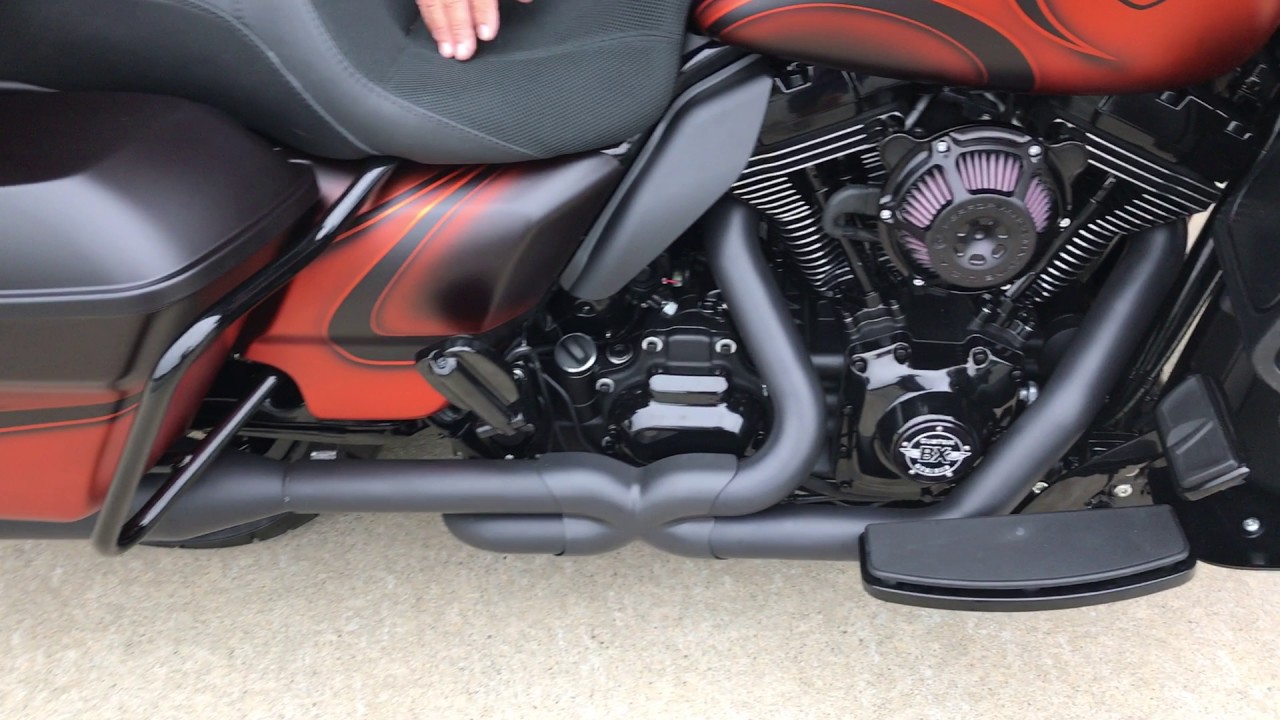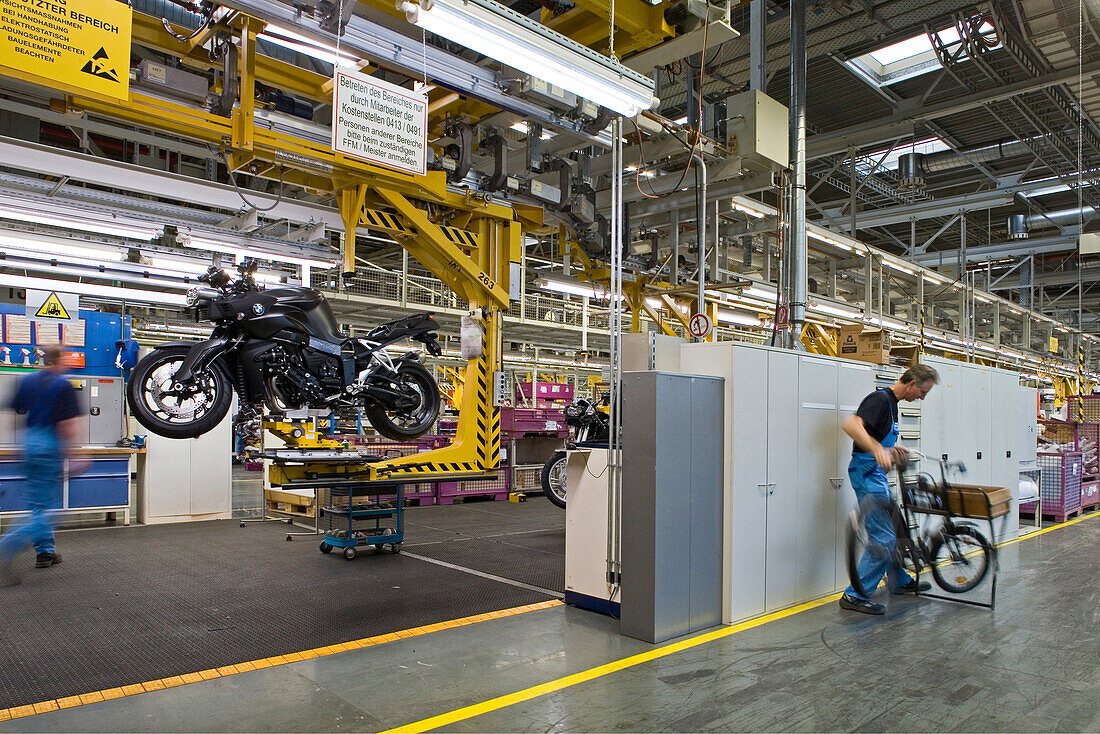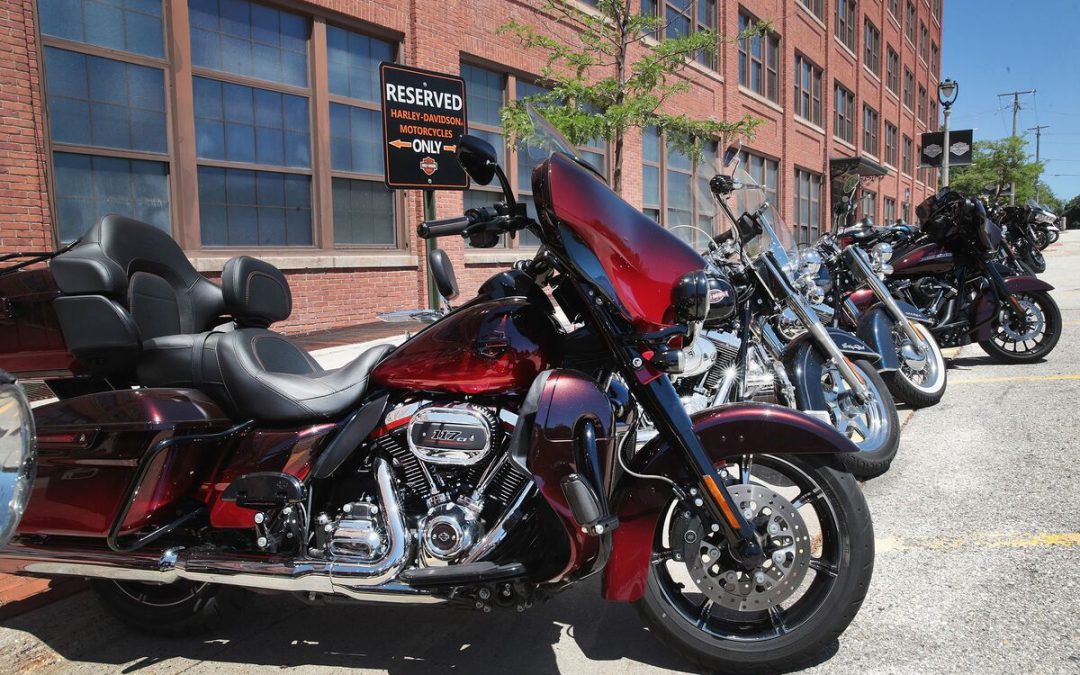When it comes to giving your motorcycle a fresh, new look, painting the tank is a great place to start. In this article, we will go over how to prep a motorcycle tank for paint. Properly preparing the tank ensures a smooth and long-lasting paint job. Whether you are experienced or a newbie, these steps will help you achieve terrific results. The process might seem daunting, but with the right approach, it can be quite straightforward and rewarding.

Why Preparation is Crucial
The key to a successful paint job is all in the preparation. Skipping or hastily going through these steps can lead to a flawed finish that won’t last. Proper preparation includes cleaning, sanding, and priming the tank. With the right materials and patience, you can achieve a professional-grade result that will stand the test of time.
Gathering the Necessary Tools and Materials
Before diving in, youll need several tools and materials:
- Sandpaper (various grits, from coarse to fine)
- Primer
- Paint
- Clear coat
- Masking tape
- Solvents (like acetone)
- Rubber gloves
- Safety glasses
Sandpaper Selection
Using the right grit of sandpaper is essential. You’ll typically start with a coarser grit to remove old paint and finish with a finer grit to smooth out the surface.
Why Primer is Important
Primer acts as a bonding agent between the bare metal and the paint. It helps to prevent rust and provides a smooth surface for the paint to adhere to. Selecting the right primer is crucial for a long-lasting finish.
Initial Cleaning and Old Paint Removal
The first step in how to prep a motorcycle tank for paint involves cleaning the tank thoroughly. Any grease, dirt, or old paint needs to be removed to ensure the new paint adheres well. Use solvents like acetone to clean the tank, but make sure to wear rubber gloves and safety glasses.
Removing Old Paint
Using a coarser grit sandpaper, start to sand down the tank to remove the old paint. Depending on the original paint job, this step can take a bit of time and elbow grease.
Smooth Out Imperfections
Once the old paint is removed, use a finer grit sandpaper to smooth out any imperfections. This step is crucial for achieving a professional-looking finish.
Applying the Primer
After sanding, the next step is to apply a primer. Make sure the tank is completely dry and free of any dust before applying the primer. Use even strokes and allow the primer to dry fully according to the manufacturer’s instructions.
Multiple Coats
Applying multiple thin coats of primer is better than one thick coat. This ensures better adhesion and a smoother finish.
Sanding Between Coats
Lightly sand the tank between primer coats with fine-grit sandpaper to ensure a smooth surface for the next coat. This helps to eliminate any rough patches or imperfections.
Painting the Tank
Now we get to the exciting part: painting the tank. Choose a high-quality paint specifically designed for motorcycles. Applying the paint in a dust-free environment is crucial to avoiding blemishes.
Multiple Thin Coats
Just like with the primer, apply multiple thin coats of paint. This helps in achieving an even and durable finish.
Allow Proper Drying Time
Make sure to allow each coat to dry thoroughly before applying the next one. This prevents the paint from running and ensures a smooth finish.
Applying the Clear Coat
After painting, apply a clear coat to protect the paint and give it a glossy finish. Like with the primer and paint, apply multiple thin coats for the best results.
Why Clear Coat is Essential
The clear coat not only adds a glossy finish but also provides protection against UV rays and road debris. It helps to prolong the life of your paint job.
Buffing and Polishing
Once the clear coat is fully dry, buff and polish the tank to give it that final, professional look.
Reassembling the Tank
After your paint job is complete, its time to reassemble the tank onto the motorcycle. Make sure all components are properly secured and check for any leaks or issues.
Tips for Maintenance
To ensure your new paint job lasts, regular maintenance is crucial. Avoid using harsh chemicals and abrasive cleaners. Use a microfiber cloth to clean the tank regularly and apply a protective wax coat to maintain the shine.
Conclusion
**how to prep a motorcycle tank for paint** is a rewarding project that can breathe new life into your bike. With careful preparation and attention to detail, you can achieve terrific results. Happy painting!

FAQ
1. Can I paint a motorcycle tank without primer?
Using a primer is highly recommended. It helps the paint adhere better and creates a smoother finish, which is crucial for long-lasting results.
2. How long does the entire process take?
Depending on drying times and the number of coats applied, the entire process can take a few days to a week.
3. What type of paint should I use?
It is best to use a paint specifically designed for motorcycles, as it will endure the conditions on the road better.
